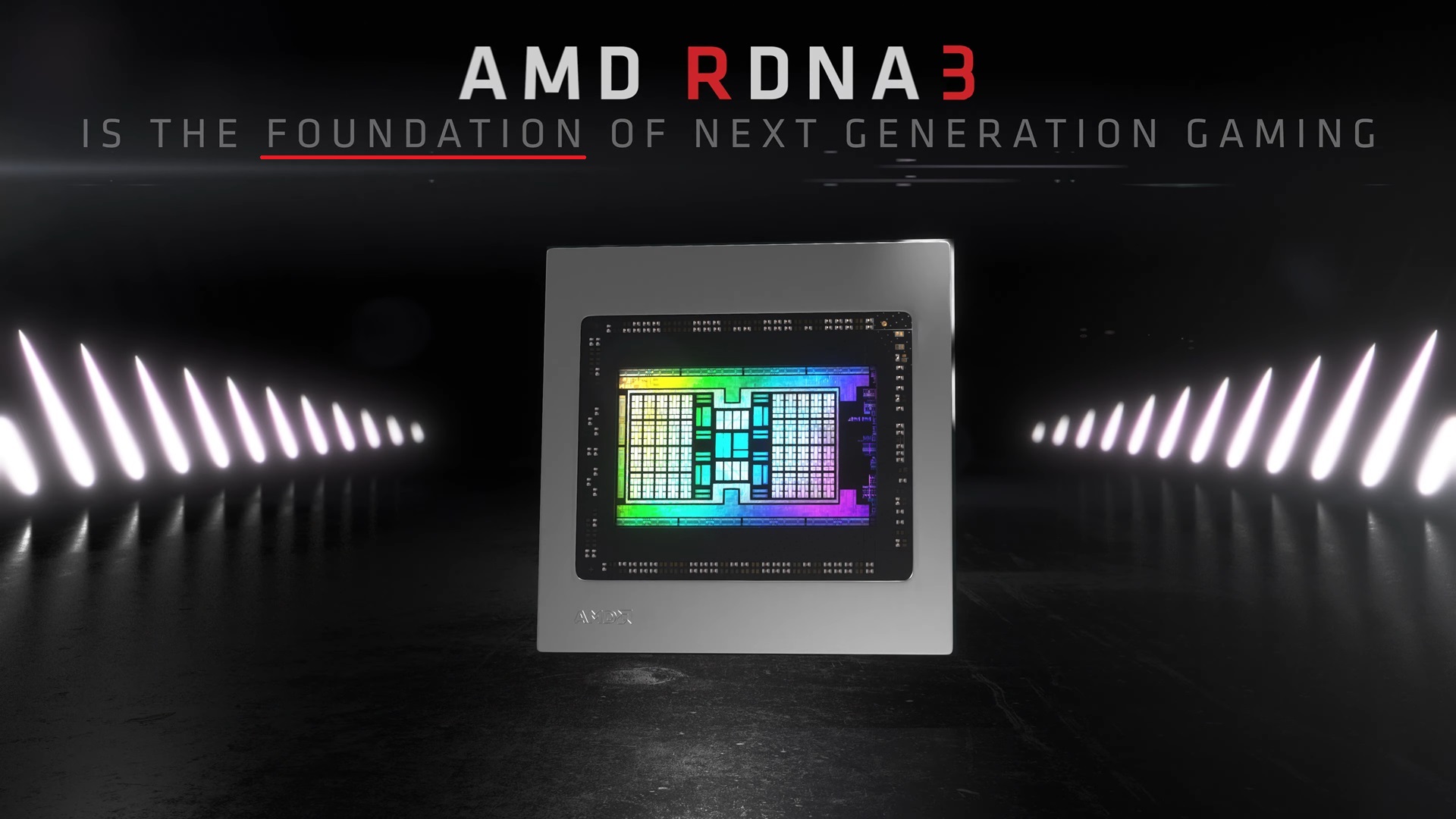New AMD GPU patent promises to do for Radeon what Ryzen did for CPUs
A new GPU patent from AMD promises a chiplet-based future for GPUs, moving beyond the technology in RDNA 3
At the US patent office, a new AMD GPU patent has been published that points towards a strong future for the company’s Radeon graphics business. This patent is titled “Distributed Geometry”, and it points towards a fully chiplet-based future for AMD’s RDNA series of graphics architectures.
While AMD has already crated chiplet-based graphics cards with their high-end RDNA 3 products, these designs are what AMD calls the “foundation of next-generation gaming”. RDNA 3 limited chiplets to the memory interface and Infinity Caches of their graphics cards. In the future, AMD plans to create fully chiplet-based GPUs with multiple compute dies.
This new patent from AMD was brought to light by the YouTuber Red Gaming Tech. In essence, the patent is about distributed rendering, and how AMD plans to create graphics cards with multiple compute dies that can work together in tandem. The problem with multi-die GPU solution is that it is challenging to get multiple dies to work together as a singular whole. It looks like AMD has a solution for this, one that could transform GPUs as we know them.
How GPUs work
Currently, GPUs rely on a central processor to distribute workloads between a GPU’s Compute Units or Workgroup Processors. These units then crunch the numbers, generate pixels and shades them, creating parts of the image that eventually makes it way onto our screen. GPU chiplets complicate matters by splitting GPU resources between separate chips with disunified central processors. Since AMD wants these chiplets to act in unison, and not like two separate graphics cards (after all, the days of multi-GPU gaming are over), AMD needs a way to control multiple chiplets that is not overly complex or wasteful. This patent is that solution.
AMD’s GPU patent details several ways that chiplet-based GPUs can track what other chiplets are doing. These solutions will help AMD to create GPU chiplets that work effectively. We don’t want to see GPUs that waste time and energy by doing calculations at the wrong time or by completing calculations multiple times on each chiplet.
What AMD’s GPU patent means for gamers
Multi-chiplet GPUs are incredibly complex, so why are AMD working on it? The simple answer is cost. Creating large chips is an expensive endeavour.
Larger chips are more prone to errors during manufacturing, dropping silicon yields and increasing waste. For example, if a silicon wafer tends to have around 10 defects and you make 40 chips using it, around 10 chips will have a fault and 30 will be usable. That’s a yield of 75%.
Imagine if your design used two chiplets, and you could create 80 of these chips on a single silicon wafer. If you have the same 10 defects and 10 bad chips, you yields increase to 87.5%. That’s a huge increase. If you use more chiplets, you can likely reduce costs further. With chiplets, manufacturers can create larger processors for less money. This was a hugely successful formula for AMD with their Zen 2 and later Ryzen and EPYC processors. If AMD can make a success of chiplet-based GPUs, we can expect AMD to deliver more performance than ever before. We can also expect them to do this at very competitive prices.
Currently, we do not expect to see GPUs with chiplet-based compute from AMD until the release of RDNA 5. Rumour has it that AMD has cancelled their high-end RDNA 4 GPU lineup. It looks like Radeon will be focusing more more cost effective products with their next-generation graphics architecture.
If AMD can solve the technological problems that have prevented the creation of chiplet-based GPUs in the past, AMD will gain a huge advantage over Nvidia. Well, at least until Nvidia creates their own chiplet-based GPUs.
You can join the discussion on AMD’s new GPU chiplet patent on the OC3D Forums.





